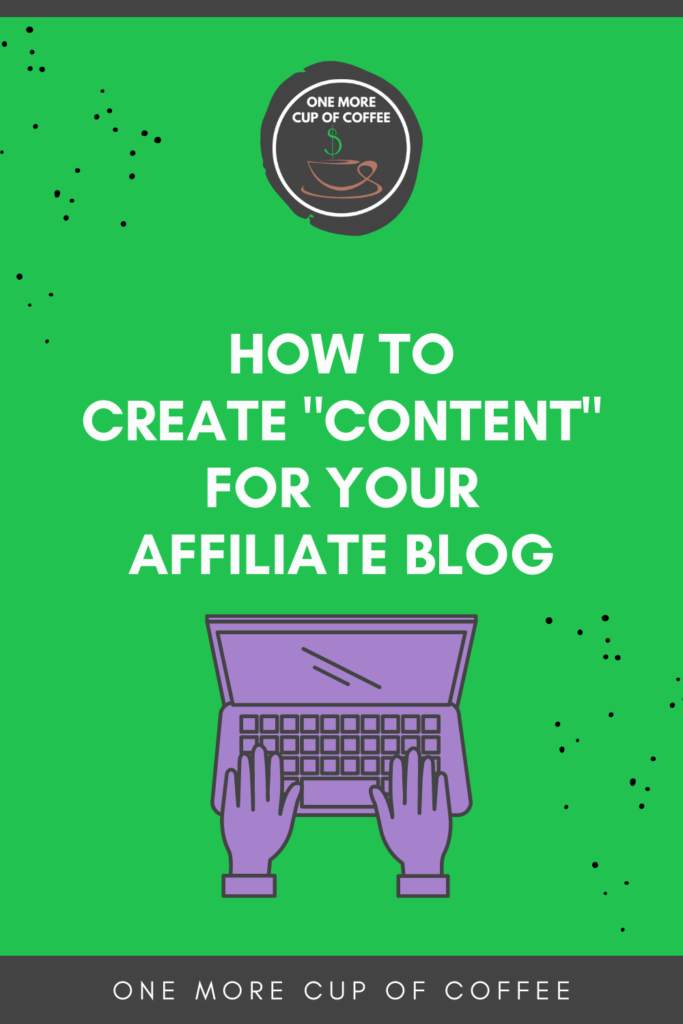
It’s pretty confusing to jump into the world of affiliate marketing and suddenly everyone is telling you that you should be creating content and how to do it effectively.
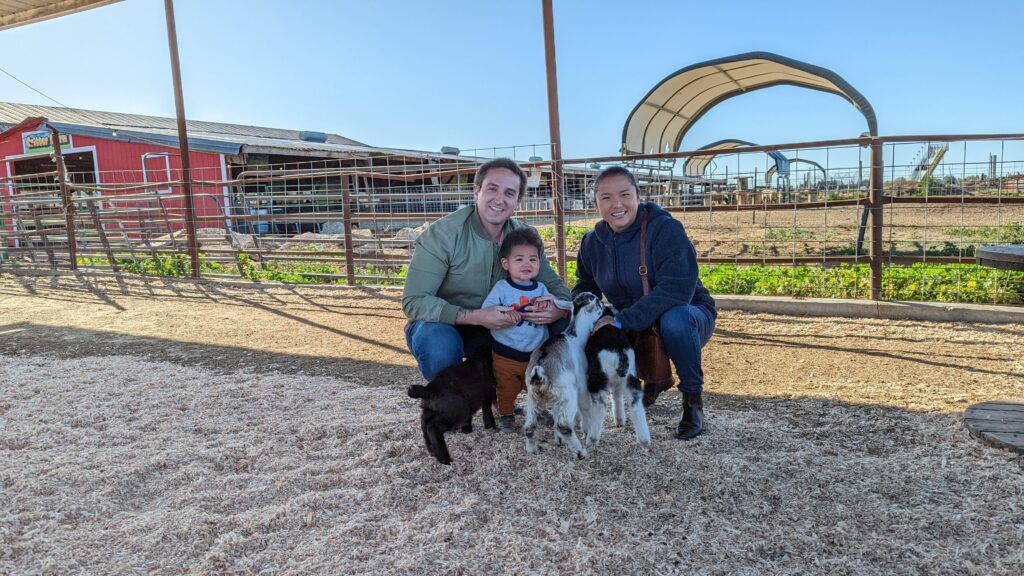
Are You Ready To Work Your Ass Off to Earn Your Lifestyle?
Are you tired of the daily grind? With a laptop and an internet connection I built a small website to generate income, and my life completely changed. Let me show you exactly how I’ve been doing it for more than 13 years.
First off, what the hell is “content”?
Content is just putting your ideas out there. Content can be anything from a written article like a tutorial or product review on your blog, to an original image you took with your iPhone, an infographic you outsourced, or a video of yourself speaking.
There are many ways to create content, but I wasn’t sure that it was clear exactly what type of content you should be creating for your affiliate website. Here are some common way to generate content for your affiliate site, and my personal thoughts/advice on each one.
- Keyword Research
- Basic Article Formats
- SEO & Ranking
- Original
- Stockphotos
- Infographics
- Free Image Websites
- Embedding YouTube Videos
- Creating Original Videos (SEO)
- Audio (Podcasts)
- Guest Blogging
- Social Media
Writing Content
The funny thing is that people overcomplicate affiliate marketing. You can read endless blogs about different bells and whistles that will make your website bigger, faster, and more profitable. At its core however, all you need to to do make money online is to write interesting content.
You could do absolutely nothing except write an article per day, and I’m confident you’d be making money within a year.
Of course, that assumes you follow a few basics rules of how to write content which gets searched and found in Google!
Keyword Research
Researching keyword is how you figure out what people are searching for online. If you are super familiar with your niche, you really don’t need to do this. You can just write about questions you brainstorm, or ideas you get from visiting other websites.
If you are in an unfamiliar niche, or need some ideas to jumpstart your writing, keyword research can be an invaluable skill. I rock a keyword research tool just about every day!
For newbies, I recommend Jaaxy. The learning curve is very small, and there are some cool extra features like rank tracking for specific keywords. For advanced users, SEMRush is awesome. You can get the same keyword ideas from Jaaxy as from SEMRush.
Both tools will allow you assess traffic vs competition stats.
Basic Article Formats
How do you write an article? When you break it down to its basics, an article for your website can simply be a 5-paragraph essay on the topic you chose. Whether it’s a step-by-step tutorial or a question/answer format, you should have a minimum of 1000 words. That’s an introduction, 3 supporting paragraphs, and a conclusion of 200 words each. An ideal word count for blog posts is between 1500 and 3000 words.
Feel free to break to those up to make them more readable on mobile (walls of text are hard to read).
As you learn more about what resonates with readers, you can branch out to more creative article formats. Here’s a bunch I use:
- Product Reviews
- Question & Answer
- Tutorials & How To’s
- Roundups
- Top 10 Lists
- Trending Topics
So, for example, if your niche was natural cures for kid’s illnesses, you could write articles like:
- Top 10 Natural Remedies For Kids Colds (#5)
- How To Get Rid Of Kids Warts Naturally (#3)
- Is Peppermint Oil Safe For Kids To Drink? (#2)
SEO & Ranking
SEO is “search engine optimization”. There’s a lot of hype around how to do SEO, but it’s pretty easy. The basic premise is that you’re just optimizing your ideas for search engines. You should always write for humans, but there are small tricks you can do to make it easier for the AI algorithms from Google and Bing to find your content.
One easy method is simply using your keyword in the title and URL of your articles.
If your keyword is robot vacuum pet hair then your article title could be Which Robot Vacuum Is Best For Pet Hair or Top 5 Pet Hair Robot Vacuums Compared.
Your URL would then be something like robotvacuums.com/robot-vacuum-pet-hair
There are a lot of other small tricks you can do to get your article ranked, and most of them are pretty simple to understand and implement. Here’s a full SEO checklist to bookmark and reference back to when you start blogging.
Finding & Uploading Images
Images are content too. A single image can tell a story, or you can craft a graphic with more detail. Furthermore, images contain meta data, which search engines can read, so there is a written content element to your visuals as well.
Optimizing your written content for search is the main focus of SEO, but optimizing your images and video is an under-utilized method of getting on page 1 of Google. Images are not just for ranking though! They add interest to the page, demonstrating what you’re talking about through screenshots, product pictures, and demonstrations.
Images add a visual element to the pages on your site. I try to add 2-3 images per blog post, but at the very least you should have an SEO’d title image.
Actually, an image can be content by itself! If you create an awesome graphic it can be shared across the web as as long as you are diligent about making sure people credit you, it can be a way to drum up traffic to your website.
Original Photos (THE BEST!)
Let’s start off on the right foot and just get this out there. Original photos are the best. There are other image-acquiring methods I’ll get into below, but taking your own photos is simply the best. It’s a great way to establish yourself as a unique website as opposed to all the other “marketers” out there who are just outsourcing all their stuff.
Original photos = original insight and branding, and over time, my guess is that it means better rankings. After you see three websites using the same vendor product image, then you find one where you can see a real person’s home and face in the photo – it helps to add a human element to your reviews.
Plus, you can tailor your photos to match your content. Relevancy converts to sales.
I use a Canon T5i, and it takes awesome photos.


Even if you don’t have a fancy camera, you can still use your smartphone. There’s a reason nobody buys point-and-shoot digital cameras anymore — smartphone cameras are awesome!
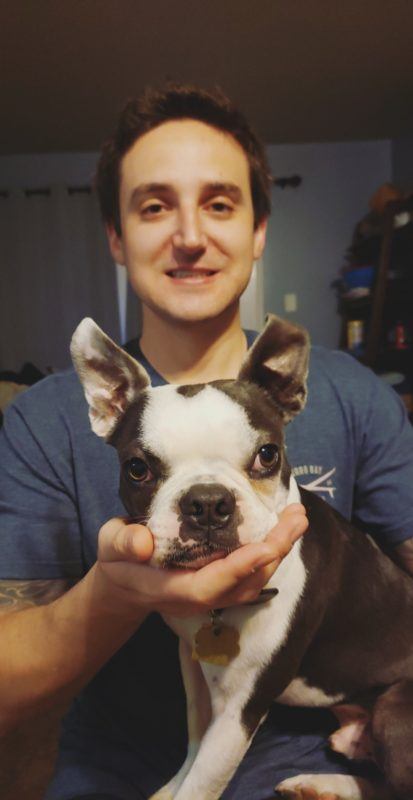
These are just random photos I had on hand, but you can take product images or create tutorials using original photos. All those image titles and alt tags will help you get ranked in search engines. Plus, you’ll get your images ranked in Google Image Search, which can be another source of traffic!
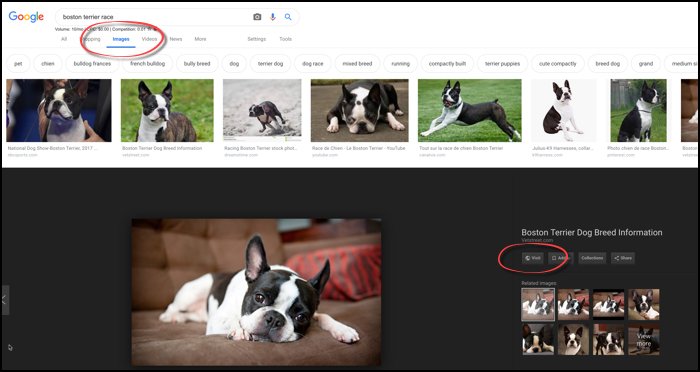
Stock Photos
If you can’t figure out how to use original images for your site, stock photos are totally fine too. I use them all the time here on One More Cup of Coffee because it’s pretty boring to have screenshots of technical things like Google Analytics or web pages as your title image. I suppose I could put more effort into using original images, and I may do so in the future, but for now, a simple stock image to represent the content of the page is good enough.
Personally, I hate the standard “business man” stock photos, so I try to get a bit more creative, but you can use whatever you feel is appropriate (notice the title image of this post is a cowboy on a horse, not a guy typing on the computer).

A lot of times when I can’t buy a product I want to review I’ll find a relevant stock photo for the title image. For example, if I review the Samsung robot vacuum, there probably won’t be a stock photo image of that model, but you could find a general robot vacuum stock photo to represent the product.
Cheaper stock photo sites like Canstockphoto, which I use, have a less interesting selection of photos, but are more economical. Once you start spending money on your business however, I do recommend upgrading to a better stock photo site like Shutterstock or iStockphoto. They do have a decent amount of pictures of branded products.
Even better is Getty Images, but you might pay $100+ for a photo, while at Canstockphoto you’ll pay about $2 per image for a single buy, and maybe $1 or less if you bulk buy.
You can pay a monthly fee and download a certain amount of images per month instead of per-image for many stock photo sites, though I prefer the price-per-image model because many times your daily images don’t roll over.
Infographics
Infographics are harder to do because you pretty much have to make them from scratch. There are some really cool tools out there like Ease.ly, which can help you turn your written information into a beautiful infographic for just $5/month. Canva is another option (the one I use).
It definitely takes time to create infographics for your website, but they can provide “residual interest”, meaning folks will come back to your site specifically for this piece of content, and they are more likely to share it. That means more links and social proof coming to your site, and better search engine rankings.
This is a great example of content which is harder to make, therefore fewer people do it, so it can be a USP (unique selling point) for your brand.
This type of image-focused content does great on Pinterest!
Creating Custom Images With Canva
I use Canva ALL THE FREAKIN’ TIME. Canva is an image-creation web app with incredibly useful tools to make your images pop. Create Pinterest images, make logos and brand your images or use the for your website, and select from tons of use filters and effects to spice up mediocre images.
You can even create video-based content as well.
One of my favorite features is that you can select from hundreds of templates so you don’t even have to be creative! Plus, you get access to stock photos as well, so you probably won’t have to pay for any stock photos until you are ready to up your game and get some exclusive photos from some place like Shutterstock or Getty.
What’s crazy is that Canva is actually free.
If you decide to pay for Canva ($119/year), you’ll get access, to 175 million professional stock photos, plus addition image editing tools like auto-image resizing (great for using one image in multiple spots) and extra space to store your images (cloud storage does have limitations).
The storage thing is nice because I just save all my images and organize them by website/project, then I can always go back and get the image again if I need to do something like update a number for listicle, change some wording to match a title, or resize it to use for something else.
There’s a reason I named it my #1 affiliate tool from 2020.
Free Image Websites (WARNING)
Photos you find in Google are not free to use on your website. You cannot download and re-upload them to your affiliate site, no matter what, even if you give attribution. Many people do it, but that doesn’t mean it’s what you should do.
In addition, the problem with many of the popular free stock photo websites is that you can’t be sure the person uploading the images actually has the right to do so. I can download a stock image then upload to Google and change the rights. How would you know? The law is a grey area, but from what I understand, you can still be on the hook if you use those images.
That’s why I hesitate to use places like Pixabay or Pexels, even though they are very popular and I do actually use them from time to time.
99% of the time you won’t have issues though, so I think it’s fine to use these websites. I’ve used them in the past, and still use them in a pinch. That being said, if you do use images in a way you’re not supposed to, it could mean you get a DMCA takedown (taking your site offline until you delete the image), or you could even get sued and have a big legal bill defending yourself in court.
It rarely happens, but it does. That’s why I pay for stock images and use original images as much as possible.
If you use an image from Flickr Creative Commons, be sure to use the proper attribution, which could include linking to the original image as well as the licensing information. That’s two outbound links to an irrelevant page for a single photo, so I try not to use licensed images from Flickr.
Video-Based Content
Video can be a lot of work – or just a little – depending on your niche, strategy, and ability. For an affiliate marketer, video based content can be your sole source of traffic or just a part of it.
Embedding YouTube Videos
You do not have to create your own videos to benefit from them. Most content creators upload their videos to YouTube, which includes an “embed” feature that anyone can use without the creators permission. Why would they give you that permission?
By using their video you are giving them free brand advertising, and they make money from the ads no matter if a person watches the video on YouTube or when it’s embedded on your website. Then, your traffic becomes their revenue stream.
Of course, this is a reason why you should try to make your own original videos when you can, but not everyone has the time, equipment, or know-how to make high quality videos. It’s a tossup between using someone else’s amazing video versus your own DIY first try videos!
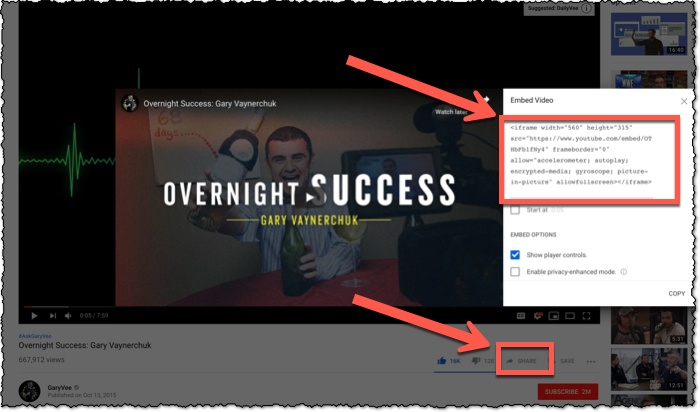
You cannot download then re-upload these videos to your own channel, and you cannot earn money from embedded videos directly.
When embedding videos, aim to match your keywords to the target keyword of the post, or at least make sure they are relevant to the section of content where they are embedded. Another great reason to make your own videos is that you can control the video SEO aspect. As usual, relevancy is important! You can also use videos as inspiration for ideas.
Many times, video creators drop the ball in terms of writing out their content (they are too focused on YouTube revenue), so you can then leverage those ideas to create your own written content for your affiliate side, and embed their videos alongside your own words.
Creating Original Videos (SEO)
Obviously, creating original videos is where it’s at in terms of video content. Not only will you get revenue from YouTube ads, but you can also put your affiliate links in the description of your videos. That means more affiliate commissions for you!
Additionally, you’ll be able to link directly from your videos to your website (or in the description box), so your video content can drive traffic to your affiliate site.
Most importantly, your videos will be highly relevant to your content since you are the creator of both, and this flow of relevancy will help you gain authority in search engines and convert more traffic to sales.
There are a lot of ways to create video content for your affiliate campaigns. I’m not huge into video, but here’s my YouTube channel with 2,000 subscribers. It’s basically tutorials for affiliate sites, and if you want to snoop you can see some old videos of me with various hairstyles throughout the years doing live recordings LOL.
Creating original videos is pretty tough, but the cool thing is that every channel is different. If you know your niche, you can put out some real garbage and get support. Folks are less interested in polished products if they can get excellent information. To this day, my #1 most popular videos is “How To Draw A Straight Line” using an image editor called Gimp.
Also, be prepared for some spam and negativity when you enter the world of YouTube. It’s a real shitshow, and a large portion of commenters are certified haters™. You can moderate comments, but it’s a lot more work, and comment activity helps your rank
Do I Need To Show My Face?
This is a big deal to a lot of people, and the answer is NO, you do not need to show your face. Many product review channels do “unboxing” videos where they just show their hands and do a voiceover. You can always record events from 1st person perspective, or you can have a channel where you talk and just have stock footage playing in the background.
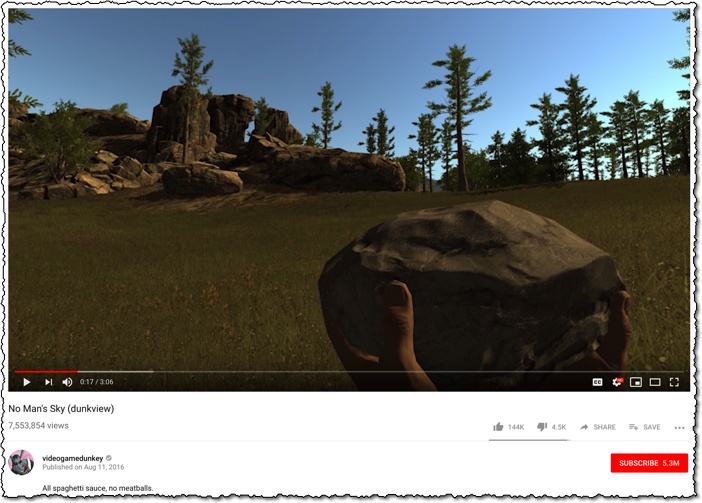
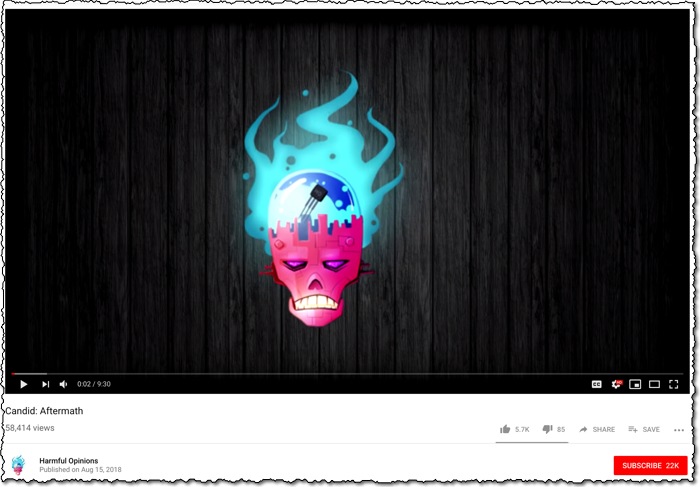
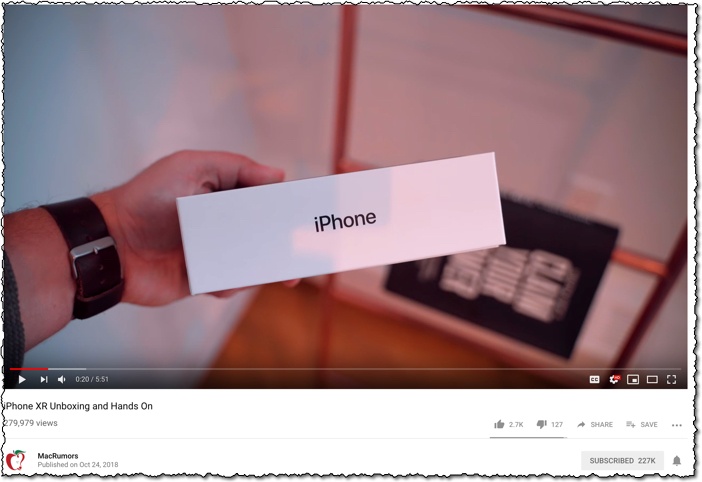
So get creative! The content style will depend on your niche, and the specific type of content you want to make for your niche, but there’s no limits to what you can do.
Even within a single niche, lets say for example adult diapers (you probably wouldn’t want your face on these type of videos, right?), two different content creators would tackle the problem of video reviews in different ones. One might focus on the scientific testing aspect, and do experiments like on the maxi-pad commercials for menstruation, or another person might simply narrate their personal experience over some stock footage.
Other Types Of Content
Web 2.0 is in full force, and there’s way more out there than just traditional images, video, and written content.
Audio (Podcasts)
Podcasts are having a renaissance moment right now, and if you haven’t heard, Joe Rogan is the new Walter Cronkite. There are podcasts on every topic from general political discussions, to in-depth looks at cryptocurrency. There are some very niche (and boring) topics out there which have raving fans, like craft beer podcasts. I mean, who in their right mind would listen to people drink beer? (I do LOL).
Podcasts might be harder to use to drive traffic to your affiliate website because people are often listening at the gym or in the car, but with a big enough following you can build brand awareness. If you do a podcast, my recommendation would be to make sure that advertising affiliate products is OK with the specific company you plan to promote in the podcast, or send people from your Podcast to an email capture form where you can get them into an email sequence.
Guest Blogging
Publishing your original content on another website, especially one that has more traffic and clout than you is a great way to reach out to new audiences. It’s such a good method of doing it, that it’s freakin’ annoying and I ignore all people asking to do guest blogs here. Most of them are offering outsourced content as an incentive to link back to their own websites. If you do guest blogging, don’t be that guy.
Conceptually, I do agree that it’s interesting. When you share audiences with peers, everyone benefits. Both you and the other content creator get to reach a new group of people with relative ease, and each of your individual followers get introduced to new, interesting content with a different kind of delivery style.
Though this isn’t really a “new” way to create content, it’s an interesting way to publish.
Social Media
Facebook, Twitter, Instagram, Pinterest, and other social media platforms get a bad rap for being rage-and-attention focused, but really, they are just a different way to publish content. Being active on social media reaches a whole new type of audience for your content.
Some folks are not result-oriented, “I search, then I do” type of internet users. Lots of people like to just browse and offer commentary. If you have a lot to say, but don’t want to grind out 2000 words for an in-depth look at some topic, you can just do a quick 500 word rant on Facebook or create a pithy, funny 280 character tweet.
Having hundreds of thousands of followers is not uncommon for medium-sized social profiles, regardless of the platform.
How you create content for each platform varies. With Twitter, you need to be active daily, tweeting multiple times. It’s OK to repeat your tweets because not everyone sees what you write five days ago at 1:30 PM. On Facebook, your content will be longer, and more thought-provoking. Instagram is very image-focused, but it does have a writing element to it that you can leverage to get more engagement. Pinterest is all images, and does great for getting traffic to product reviews and tutorials.
You do not need social media in order to be successful online. As I said at the beginning of this article, you could do nothing but publish articles to your website and you’d be able to make a living online. Social media is just one particular way to create content for your online brand, even if you are just an affiliate instead of selling your own products.
My advice is to pick just one platform that you personally like to use, and experiment to see how it goes.
Final Thoughts
There are as many strategies to creating content for your online affiliate business as there are blogger voices. Some affiliates would prefer to make a funny video series with a link to their email opt-in form on their website, and have their blog be a side-project (I always recommend building a website as a backup plan, since hosting your content on a platform you don’t own is a risk).
Others, like myself, prefer writing out their opinions and leverage videos, infographics, and social media sparingly, as a supplement to their articles.
The best long term strategy is going to be a mix of everything, with a focus on what you enjoy. Diversification of traffic is smart, since even bloggers are susceptible to search engine algorithm updates and high competition shifts.
If you’re just getting started, just focus on one thing for now, and branch out as you have time and patience to learn new things. I always recommend creating an affiliate website with written content as a core strategy for a few key reasons:
- it requires no equipment other than a laptop
- mistakes are easily fixed in a few seconds
- old content can be updated easily
- everyone can write, even if it’s informal
- running a blog is cheap
- writing for your website doesn’t require vying for attention on social media
Starting an affiliate website is incredibly simple and cheap, and I truly believe that anyone who puts in the hours will eventually see results and start to make money online.

Nathaniell
What's up ladies and dudes! Great to finally meet you, and I hope you enjoyed this post. My name is Nathaniell and I'm the owner of One More Cup of Coffee. I started my first online business in 2010 promoting computer software and now I help newbies start their own businesses. Sign up for my #1 recommended training course and learn how to start your business for FREE!

 Why The Best Amazon Affiliate Plugins Don’t Automate Anything
Why The Best Amazon Affiliate Plugins Don’t Automate Anything
Leave a Reply